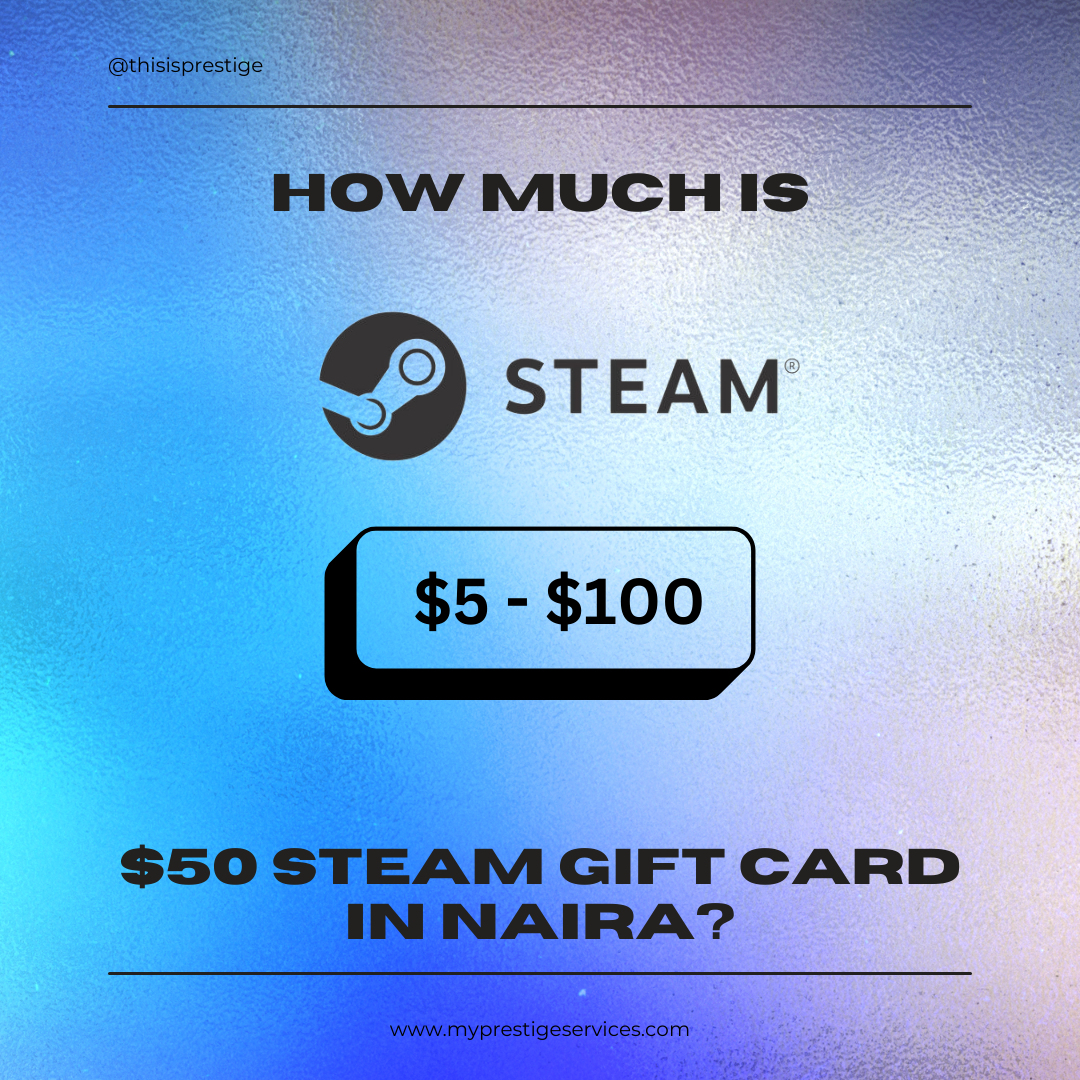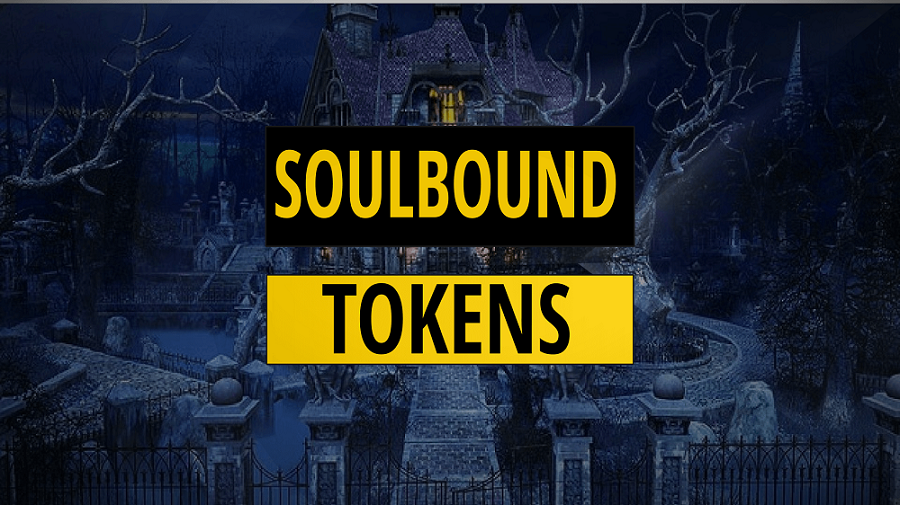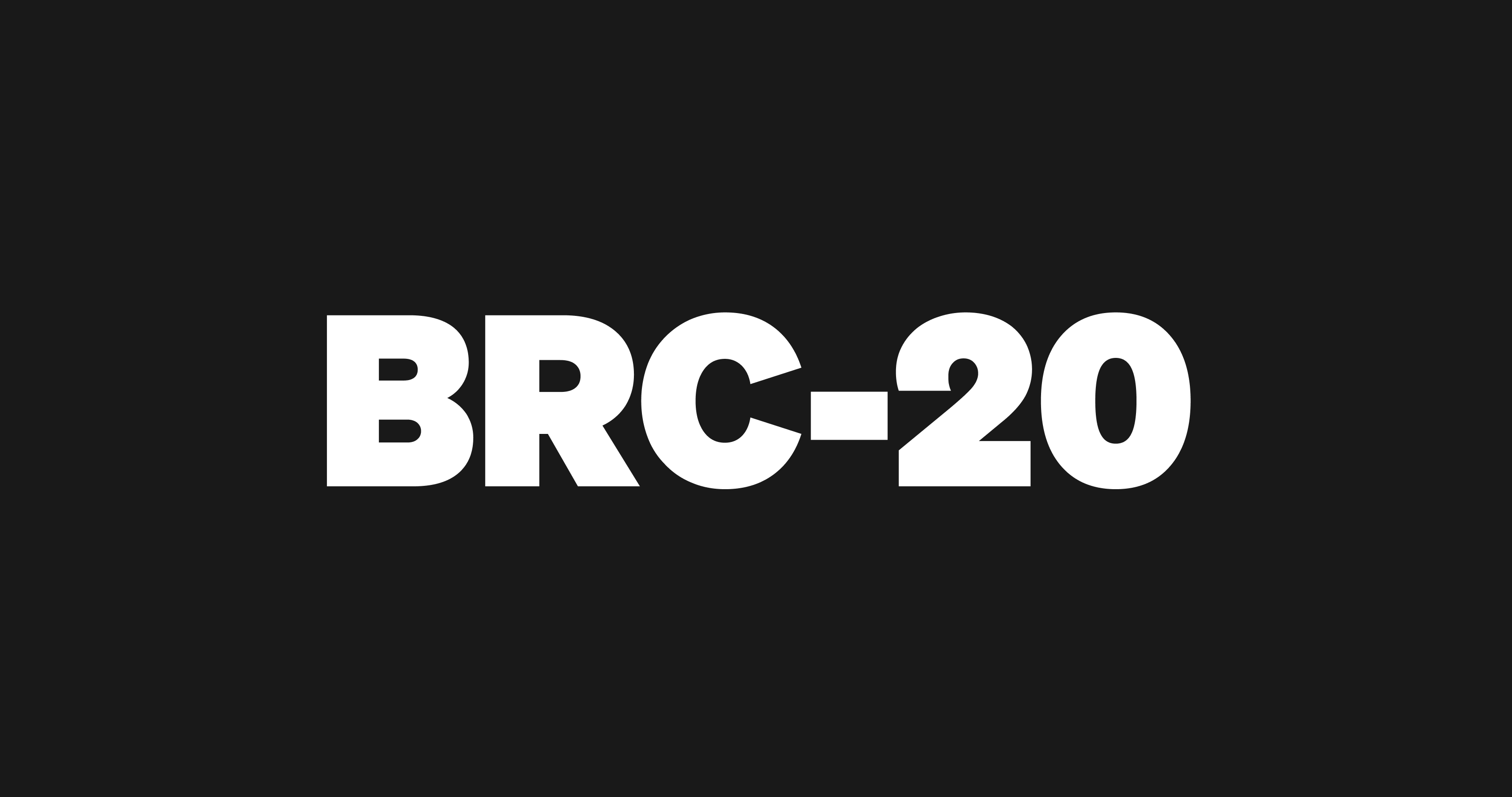
This article on how many types of Blockchain do we have, reveals the type of different blockchain networks we have. Yes! You must have heard the word “Blockchain” one too many times and probably didn’t know it had different types.
Our wild guess would be that a friend, colleague or family member must have said something to you about the different blockchain networks and you decided to know more. This article will focus on what the blockchain technology is and answer your question on how many types of blockchain do we have?
After going through this informative yet concise post, it’ll give you an idea on which of the blockchain networks is best suited for you or your team’s blockchain project.
First off, we’ll start by asking What is a Blockchain Or what is the blockchain technology about? And then the types of blockchain we have.
What is Blockchain Technology?
The blockchain technology is basically a protocol or structure that keeps/stores transactional records or any sort of data, also known as the “block”, of the public in several databases, known as the “chain”, in a network connected through peer-to-peer nodes.
The blockchain network was set up to actually serve as a digital ledger. With reference to the cryptocurrency world, the blockchain technology powers the cryptocurrencies you hear of today just as the internet powers emailing.
However, you should know that the blockchain network is an immutable (meaning data entered can not be altered later on) distributed digital ledger with over 10 real life use cases way above just powering the cryptocurrency, metaverse and NFT world.
Also Read: How To Redeem Gift Card in Nigeria to Naira
How Many Types of Blockchain Do We Have?
Generally speaking, there are four (4) types of blockchain networks. The blockchain has evolved over the years and many believe the first true cryptocurrency – Bitcoin ushered in a new age of blockchain technology and decentralized digital currencies.
Different Types of Blockchain Technology

Public Blockchain
Main Characteristics: Open Ledger
This type of blockchain network allows anyone to join and participate in the consensus. It’s fully decentralized, secure and an immutable ledger system. Transactions on the public blockchain are anonymous but transparent for everyone to see.
Examples are: Bitcoin and Ethereum
Private Blockchain
Main Characteristics: Closed Ledger, Single Organization, Closed Network
Using this type of blockchain network means a single organization will have authority over the network. Which means, it’ll have faster output, power efficient and also privacy. Offers simplified data handling processes but not transparent for everyone to see. Examples are: Multichain and Hyperledger Fabric.
Hybrid Blockchain
Main Characteristics: Private Module, Public Module, Restricted to Public, Closed Network
Using this type of blockchain network offers authoritative access, meaning only certain elements are private. Offers flexible control over which data is kept public and private. It’s fully decentralized, regulated and a highly scalable system. Examples are: Dragonchain and IBM Food Trust.
Federated Blockchain
Main Characteristics: Multiple organizations, Closed network
This type of blockchain network allows multiple organizations influence the blockchain network. It’s fully decentralized, extremely fast and a scalable system. Network regulations keep/handle security and privacy. Examples are: eNaira and CargoSmart
There you go, the different types of blockchain we have. We would always suggest you use the private blockchain network if the project you or the company you work for plan not to make all operational data public.
Then there’s this talk of transparency that the blockchain uses as its main marketing technique, if you’re fine with your project being transparent for everyone to see and audit, then the public blockchain network is your go to blockchain network.
We hope this article helped you learn a thing or two on the different types of blockchain networks that we have. If you liked this article, then please share with your network.





One Response
Very Informative.😎
I use to think there were only two Blockchains. Private and public.